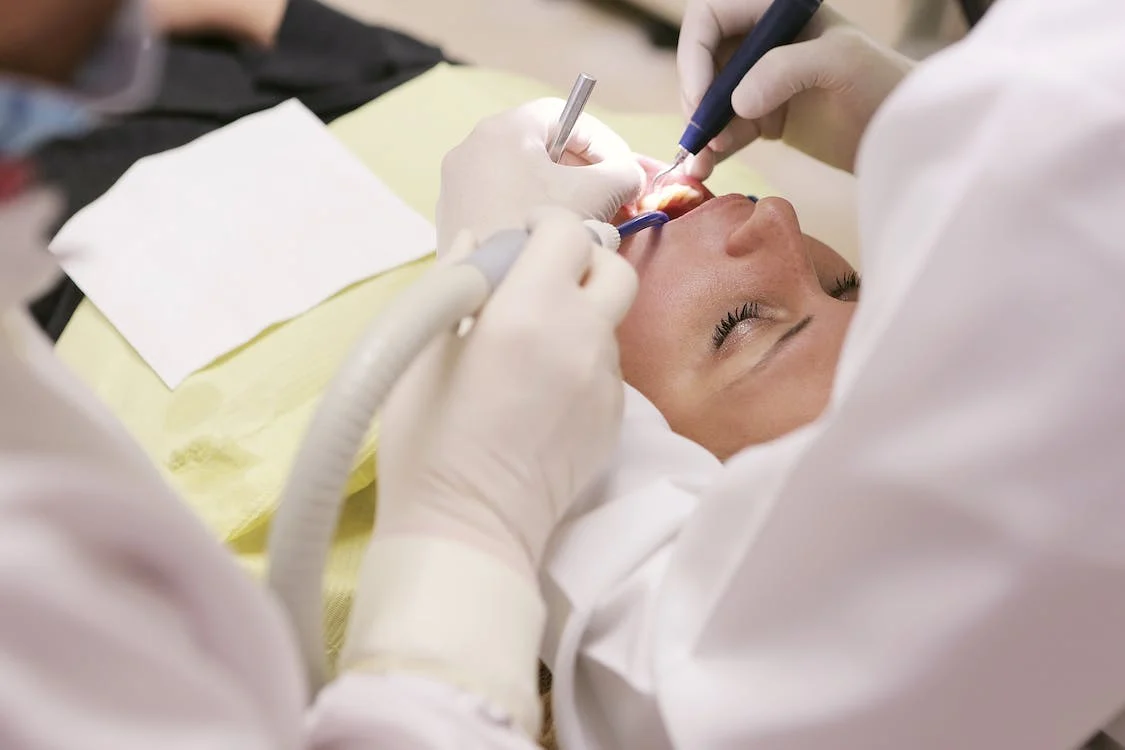Dental implants have over the years become the go-to and popular option when it comes to replacing missing or damaged teeth. However, as with all other surgical procedures, dental implants need to work closely with the existing body parts to function properly and optimally. For a dental implant to do its job, a dentist at Mill Creek Dental states that the jawbone and the gum tissue around the affected area need to be in good condition.
However, this may be a problem for patients who have lost their teeth over a period of time and have suffered bone loss in the jaw area. Usually, the body understands the law of use and disuse and this comes into play when a person suffers dental diseases or trauma leading to tooth loss. The bone of the affected area begins to shrink over time in response to the loss of the tooth and this can cause a change in the appearance of the patient and can also lead to other problems, especially when a dental implant is the focus.
A quick surgical insertion of dental implants after one or multiple missing teeth can prevent bone loss and also help in addressing all other problems that are associated with missing teeth. In the past, many people who come in for dental implants have suffered a severe bone loss which makes the entire process near impossible without a primary process of bone grafting.
The current advancement in dental and implant technology has thankfully solved this problem in recent times. With the latest advancement in implant technology, patients who have suffered bone loss can now get the desired dental implant solution done and completed in the space of one to three days.
Before diving deep into the dental implant solutions available for patients who have suffered bone loss due to missing teeth, it is important to understand how to prevent bone loss in the first place. Below are some tips to help you prevent bone loss;
- Observe good oral hygiene by brushing twice daily and flossing regularly
- Set regular appointments with your dentist who will advise you on the best dental practices to observe
- Maintain a healthy and clean diet and consume enough calcium-rich food and supplements
- Avoid lifestyle choices like smoking that can compromise your oral health and bone growth.
Relationship between dentures and bone loss
Dentures are a restorative dental procedure offered to patients who have lost a number of their teeth on the upper or lower palate. However, dentures are commonly known to improve the chances of bone loss and this is because the installation exerts less chewing pressure on the jaws compared to the natural teeth.
Seeing as dentures only contribute about 10 percent of chewing pressure on the jaw, the jaw is signaled to begin retracting due to lack of usage.
While dentures are great, they are far from the perfect option for patients who wish to enjoy a natural-like sensation restored to their mouth after the loss of their teeth. An implant on the other hand offers a better chance of combating bone loss as it accounts for about 80 percent pressure stimulation on the jaw.
Dental implant options after bone loss
– All on 4 implants
One of the most recommended dental implant solutions even after bone loss is the All on 4 dental implants. Although perfect for replacing all of the missing teeth immediately after the trauma, the procedure can be completed in one to three days and offers natural-like appearing teeth.
Patients who choose the All on 4 implants are able to smile normally and use their teeth as they would do with their natural teeth. This dental implant option has as high as a 98 percent success rate.
Most patients who choose this implant option report that they get about 80 percent of their natural chewing power restored which means they are able to eat whatever they want with no troubles whatsoever.
– Zygoma Implants
This is one dental implant option that has proven remarkable, especially when addressing severe dental bone loss. The main difference between the Zygoma implants and others is the length. Usually, the Zygoma implants are longer and can be extended past the upper jaw and into the cheekbone for superb anchorage.
Dentists often use the zygoma implants in conjunction with other implants to achieve the desired results. After the Zygoma implant has been installed at the back of the mouth, the standard implants are installed in the front part.
Although the process of installing zygoma implants requires surgery, it is far recommended compared to bone grafts.

